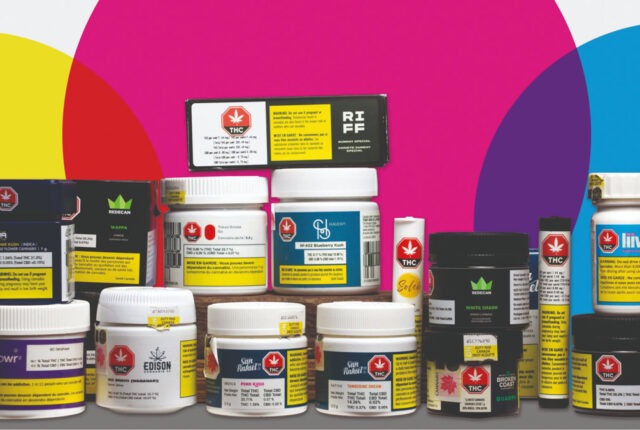When two big names in two different industries join forces, the results are usually interesting. The American branch of L’Oreal has teamed up with Avery Dennison to identify and reduce the environmental impact of packaging and labels. Their approach takes into account the labels’ life cycle, as explained by Label & Narrow Web.
As a fruit of this collaboration, Avery Dennison has developed a comprehensive assessment program for labels. The first conclusion is interesting: the finer labels are, the more the environmental impact of products is reduced.
In fact, the analysis focuses on all aspects of the label. The extraction of raw materials, the manufacturing of the label, and then, its end of life and recycling are taken into account. This approach helps to identify which steps and which practices have the biggest impact on the environment and to see where efforts should be considered.
Following this evaluation grid, producers and policy makers can make strong choices and reduce the environmental impact of their labels. We saw last week that the “sustainable” side of package matters more to consumers, so it makes sense that producers adapt.
For L’Oréal, Avery Dennison’s help led to a change of substrate that has had many consequences: decrease of greenhouse gas emissions, reduced water consumption and less waste generated in the end.
The environmental impact of L’Oréal decreased from 19% to 7% in the use of fossil fuels, the use of water and energy and, the emission of waste and greenhouse gases.
This collaboration should open many doors and push big companies to consider partnering with professionals from the product identification industry to meet consumer demands: being more green.







